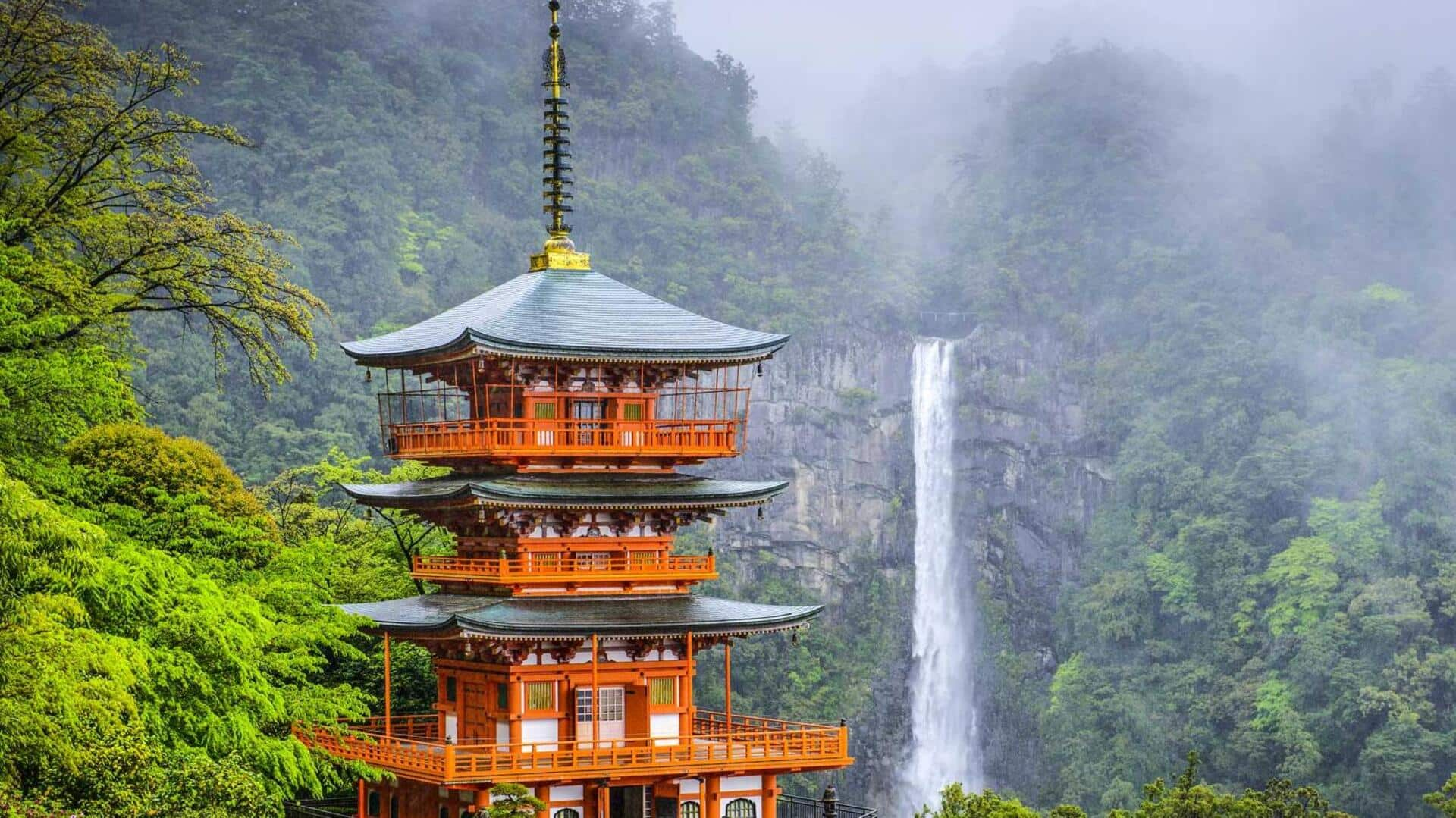
Journey through time: Hiking Kumano Kodo, Japan
What's the story
The Kumano Kodo pilgrimage trails in Japan offer a unique blend of spiritual journey and natural beauty. These ancient routes, crisscrossing the Kii Peninsula, have been walked by pilgrims for over a thousand years. Hikers today can experience the same paths that emperors and samurai once trod, winding through lush forests, past traditional shrines, and across mountainous landscapes.
Preparation
Planning your pilgrimage
Before starting your Kumano Kodo hike, planning your route is crucial. Trails offer varying levels of difficulty and lengths, suitable for both experienced hikers and those preferring an easier journey. Researching sections like the popular Nakahechi or Kohechi routes and determining where to start are key steps. Booking accommodations in advance is recommended, as guesthouses along the trail tend to fill up quickly.
Scenery
Embracing nature's majesty
As you hike the Kumano Kodo trails, you'll be surrounded by Japan's breathtaking natural landscapes. Towering cedar forests whisper ancient secrets, while cascading waterfalls refresh weary travelers. Every step reveals something new to marvel at. Be sure to soak in the natural hot springs found along or near the trail, offering a perfect way to unwind after a day of hiking.
Shrines
Discovering spiritual heritage
The Kumano Kodo is dotted with sacred sites that have attracted pilgrims for centuries. Key among these are the grand shrines of Kumano: Hongu Taisha, Hayatama Taisha, and Nachi Taisha. Each shrine has unique architectural features and profound spiritual significance. Visiting these sites not only offers insight into Japan's religious traditions but also moments of reflection on your journey.
Community
Engaging with local culture
Hiking the Kumano Kodo lets you deeply connect with local communities. By staying in family-run guesthouses, or minshuku, you get a close look at rural Japanese life. Hosts often cook traditional meals with local ingredients, offering a taste of regional cuisine while you exchange stories with other hikers and locals. This aspect makes the journey through history, nature, spirituality, and culture truly enriching.